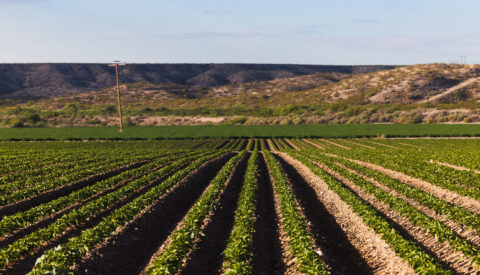Situation: The U.S. dairy export industry is experiencing a shift in product demands by key export destinations, with aging populations, slowing population growth and maturing economies. Outlook: As global demographics change, the focus of exports will increasingly shift towards higher-value consumer products like cheese, while maintaining a balance with low-cost commodity powders. The top five destinations for U.S. dairy exports by value are Mexico, Canada, China, Japan and South Korea. They have more in common beyond being key U.S. dairy importers: their populations are aging, and population growth is slowing or declining. That’s not necessarily bad on its own. But it does mean a mindset shift for the industry might be in order. My colleagues at Terrain and I have been examining the risks and opportunities of peak global population coming in the next decades for U.S. agriculture in a series of reports called The Big Shrink. While we’re still about 40 years away from the peak, the path to peak population entails trends that are already impacting our markets. U.S. dairy exports have been a major asset to the industry in terms of clearing markets of surplus milk as well as enabling continued growth in U.S. milk production. In 2024, more than 16% of the milk solids produced in the U.S. were exported, and those export sales brought in $8.2 billion. Milk powder is our leading export product by volume, but it has been in decline since 2021, falling 16% from that level by 2024. Cheese, meanwhile, has been on the rise, continuously setting new record highs including the highest February volume on record in 2025. This divergence between strengthening cheese exports and slower powder exports may be due to the demographic developments in our export destinations. Early in the growth phase of dairy exports, the primary focus was on moving surplus milk out of our domestic market. Skim milk powder or nonfat dry milk served the dual purpose of removing surplus skim solids from our domestic market while providing relatively low-cost protein to high-growth, low-income markets. Today those exports are increasingly focused on higher value sales of consumer products like cheese. Mexico provides an interesting case study in that it has seen birth rates fall to a level similar to the U.S. while seeing per capita GDP increase—telltale signs of a maturing economy. As this has happened, demand for cheese has increased. And while Mexico still imports a significant amount of milk powder, a portion of it is ultimately headed to cheese vats within Mexico as an input into their own cheese manufacturing process.
More Articles
See All InsightsOn December 21, 2024, Congress passed the American Relief Act (ARA) of 2025, authorizing economic assistance to producers and disaster assistance to farmers facing losses from
Mary Gillis was seven years old when her family purchased a farm in southern New Mexico, determined to carve out a niche growing chile peppers, onions…
“Milk production has been essentially flat for the past three years, and 2024 is on track for another year at the same level, if not less.



